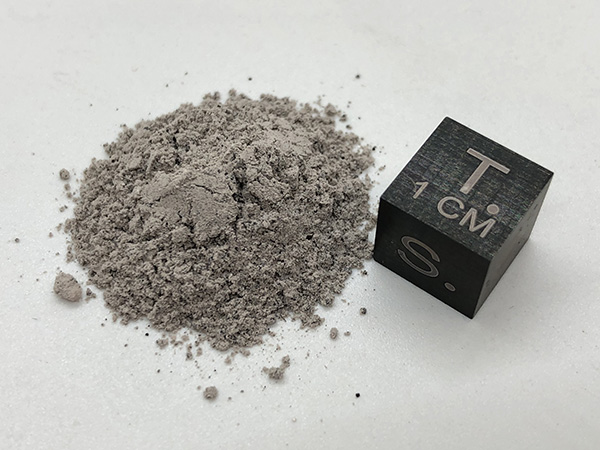Exolith Simulant: MGS-1C Clay ISRU
Mineralogy
| Mineral | Wt.% |
|---|---|
| Smectite | 40.0 |
| Plagioclase | 16.4 |
| Glass-rich basalt | 13.7 |
| Pyroxene | 12.2 |
| Olivine | 8.2 |
| Mg-sulfate | 2.4 |
| Ferrihydrite | 2.1 |
| Hydrated silica | 1.8 |
| Magnetite | 1.1 |
| Anhydrite | 1.0 |
| Fe-carbonate | 0.8 |
| Hematite | 0.3 |
Simulant Name: MGS-1C Clay ISRU
Current Status: Available
Developed By: University of Central Florida
Available From: ExolithSimulants.com
Publications: Cannon, K. M., D. T. Britt, T. M. Smith, R. F. Fritsche, and D. Batcheldor (2019), Mars Global Simulant MGS-1: A Rocknest-based Open Standard for Basaltic Martian Regolith Simulants. Icarus, 317, 470-478.
Current Status: Available
Developed By: University of Central Florida
Available From: ExolithSimulants.com
Publications: Cannon, K. M., D. T. Britt, T. M. Smith, R. F. Fritsche, and D. Batcheldor (2019), Mars Global Simulant MGS-1: A Rocknest-based Open Standard for Basaltic Martian Regolith Simulants. Icarus, 317, 470-478.
MGS-1C is a modified version of the root MGS-1 simulant, and is enriched in hydrated clay minerals (smectite). This represents the Reference Case “C” in the NASA Mars Water In-Situ Resource Utilization Study.
MGS-1C is specifically designed for ISRU water extraction studies; the M-WIP study concluded that hydrated clay deposits are advantageous for water extraction on Mars, and may be much easier to access and excavate than permafrost deposits.
Images
Photograph of an MGS-1C prototype:
